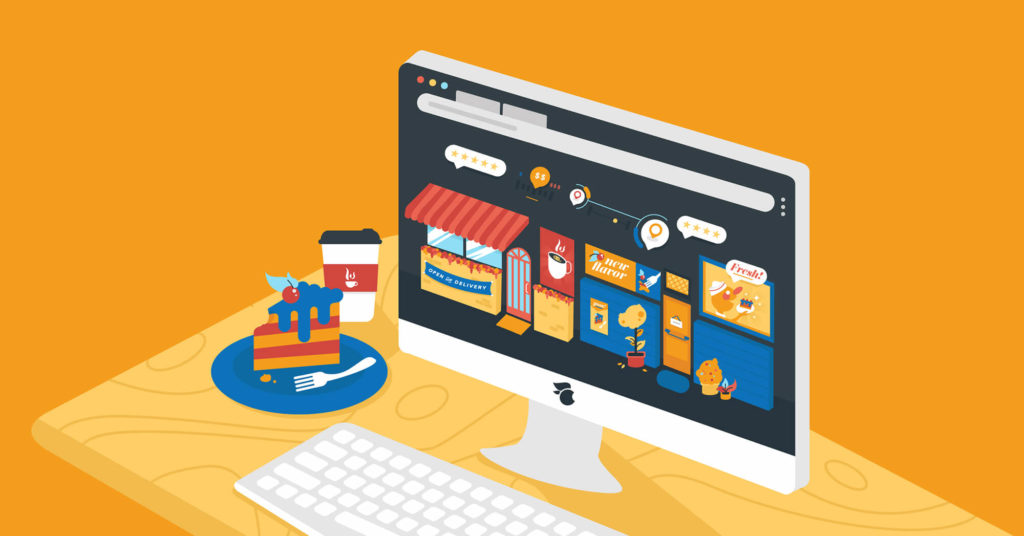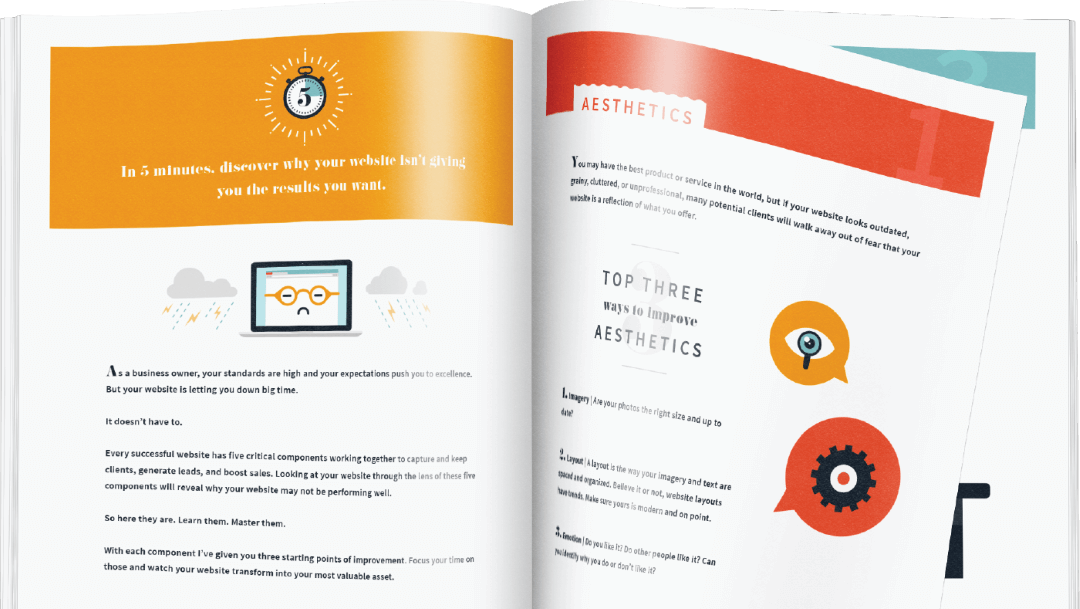It’s a new era for e-commerce – and not just because of Covid
2020 …. Yikes. 😳
That was not the year any of us were expecting. Every one of us has faced unprecedented turmoil, loss, transition and change. And as we turn the page into 2021, it’s time to take inventory of what’s working, what isn’t and start planning for what comes next.
As we navigate an economy that may continue to be impacted by new health and safety regulations and unexpected shocks for the foreseeable future, it’s time to start building some resiliency into your business plan.
What that means will look different depending on your industry. But while it’s especially critical for your company to adapt during global pandemic conditions (there’s a topic I never thought I’d have to tackle), everything I’m about to say here is really and truly just the common sense, best practice advice Control Yours gives to every client.
It’s all about maximizing your online reach and delivering the best possible customer experience.
Online sales skyrocketed in 2020
That’s not exactly breaking news, because we’ve all been shopping for absolutely anything and everything online for the past several months. But what is eye-opening is just exactly how broad the trend is and how long it’s likely to continue.
So … just how much cash are we all spending online?
According to the U.S. Census Bureau, online sales increased 31.8% in the U.S. in the 2nd quarter of 2020, as compared to the 1st quarter.
The U.S. Census Bureau also reported that e-commerce jumped to 16.1% of total U.S. sales in the 2nd quarter of 2020, as compared to only 11.8% in the 1st quarter.
These numbers represent an incredible shift in how America is buying and selling and experts believe the trend is likely to continue, even after the pandemic threat recedes.
Customer expectations are changing dramatically
Here’s something else we’re learning: customers expect more digital resources from companies than they did before the pandemic started. Salesforce, a leader in customer relationship management software, recently surveyed 12,000 customers and 3,600 business buyers from around the world to find out how their purchasing habits had been impacted by the pandemic.
Here are some highlights from that survey:
- 58% of the consumer respondents said they plan to make more online purchases post-pandemic than they did before the crisis started.
- 80% of business buyers who responded plan to buy more online in the future, compared to before the pandemic.
- 88% of consumers expect businesses to offer more digital services in the future.
- 83% of consumers expect that businesses will increase shipping and fulfillment services.
Here’s the takeaway: we can’t expect that business will return to the way things were before the pandemic began. Instead, we need to start preparing for a future where an even broader range of web-based services and avenues for customer engagement are simply the expected norm.
Maximizing website sales and engagement is your top priority
We can’t stress this enough – EVERYTHING on your website should be designed to provide a seamless customer experience. Take some time to go through your site and ask yourself these questions:
- Is this site easy to navigate? Is the information here organized intuitively?
- Does the content on my site reflect my company’s unique story, goals and values?
- When a customer lands on my homepage, do they know where to go next? Are there dead-ends anywhere that could be turning customers away?
- Does the site design encourage them to explore my product, learn about the benefits and confidently hit that purchase button?
- Is the call to action clear? Am I giving the customer every opportunity to buy in?
- Is there another service I could offer that would make buying my product easier (i.e. delivery, a subscription service, a social distancing-friendly online course or tutorial etc.)?
(Need help with this? Check out our Website Assessment Guide!)
If you’re really interested in boosting online sales, I highly recommend Teegan’s post on optimizing the purchase phase of the Customer Journey!
Make a plan for focused, consistent digital advertising
Control Yours was helping clients meet their sales goals through digital marketing long before Covid hit, but it’s become increasingly critical now, with the massive shift toward online sales.
If you’re new to the digital ad game, we recommend you start with either Facebook (or Instagram) or Google Ads. There are pros and cons to each platform and some businesses benefit from a combination of both.
Broadly speaking, Facebook or Instagram work best for products and services that are highly visual, due to their image and video capabilities. The Facebook audience is what we call “low intent,” meaning that most of us don’t hop on Facebook with the intention of buying a product. But the upside of Facebook ads is the incredible hyper-targeting you can do. Facebook allows you to choose the audience most likely to purchase your product, based on your demographic description of the ideal customer.
With Google Ads, you lose some of the hyper-targeting, but you gain a motivated, “high-intent” audience based on keyword searches. Google Ads tend to produce higher conversions because you’re working with an audience that is actively looking to buy.
| PROS: | CONS: | |
|---|---|---|
| Facebook Ads |
|
|
| Google Ads |
|
|
Schedule a phone call with Control Yours and we’ll help you build a customized digital marketing plan!
Put customer safety and convenience first
Covid restrictions have presented a huge challenge for businesses, because you have an entirely new set of health regulations and recommendations to navigate. Just trying to stay current on what the latest regulations are is challenging!
But it’s also an opportunity to connect with your customers and communicate those shared values that are critical to building loyal, productive relationships.
Social media is a terrific tool for this! Posts (especially with photos and videos!) that show how your company is adapting to ensure safety and availability of your product will help your customers to stay connected with you, even when you might be working around limited operating hours and other restrictions.
Ideas for social media:
- Photo of video posts showing you, your family or employees in protective gear.
- Video tour of your store or facility, showing safety solutions in place.
- Offers that ensure safety AND easy access to your product or business (contact-less delivery, curbside pick-up, monthly subscriptions, reservation/appointment system etc.)
You can also communicate reassurance and important updates through your email list. If you’ve never used email as a regular communication tool with your customers, we HIGHLY recommend that you get started! It’s important right now, as a way of communicating and staying touch, but it’s also a great marketing tool to have in place for the future, after the pandemic recedes.
Want to improve your social media content or email marketing? Ask us how!
It’s been a year. But some things never change.
An uncertain economy and worry over our health and safety has made this past year a serious challenge. But we believe that creativity, flexibility and continuing to build those customer relationships will not only help us all to navigate the pandemic, but set us up for future growth.
Please know that we’re with you through all of this … our goal is to help every one of our clients succeed in 2021 and beyond. Let us know how we can help!
See Also: How To Get Customers For Life


